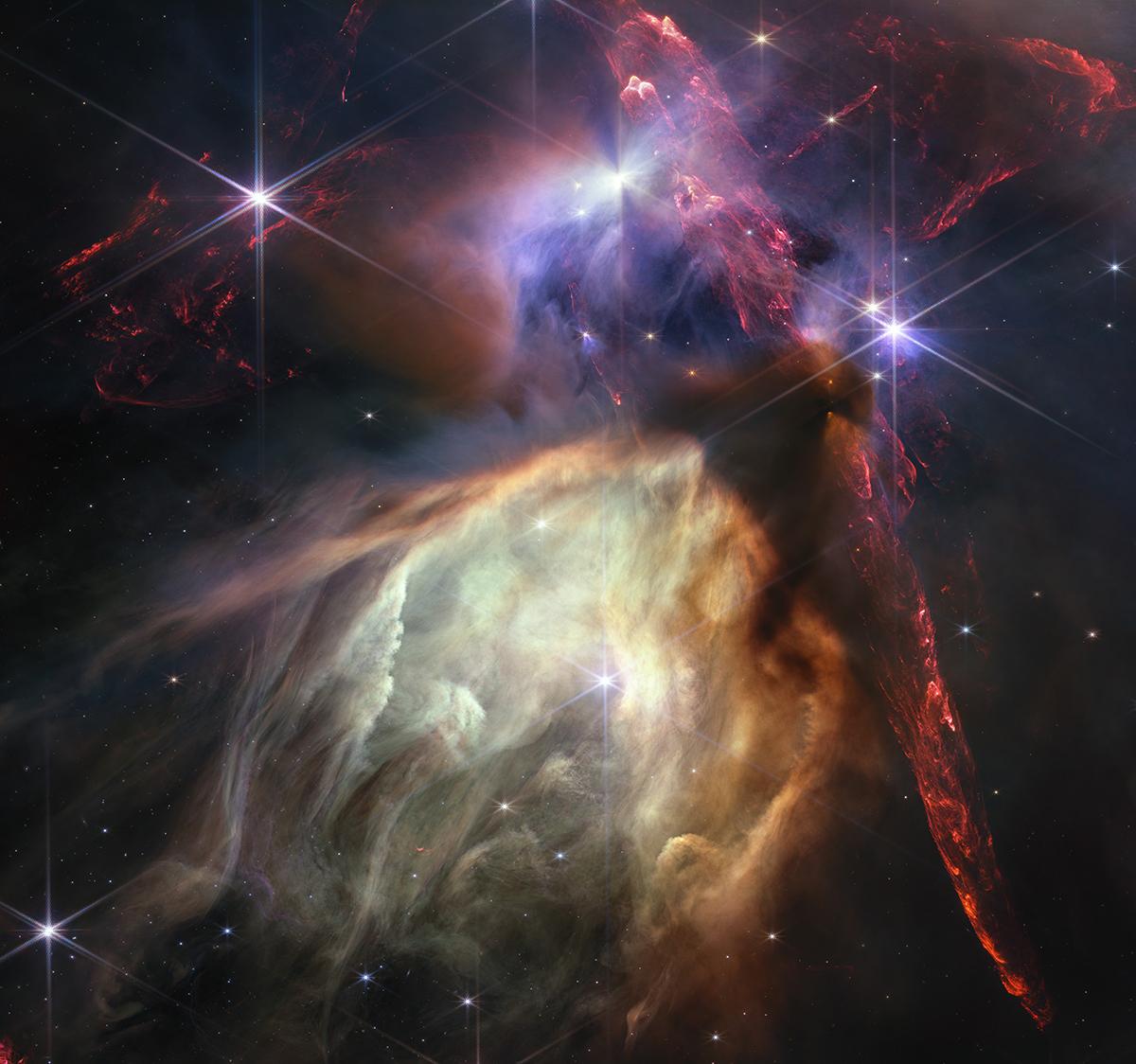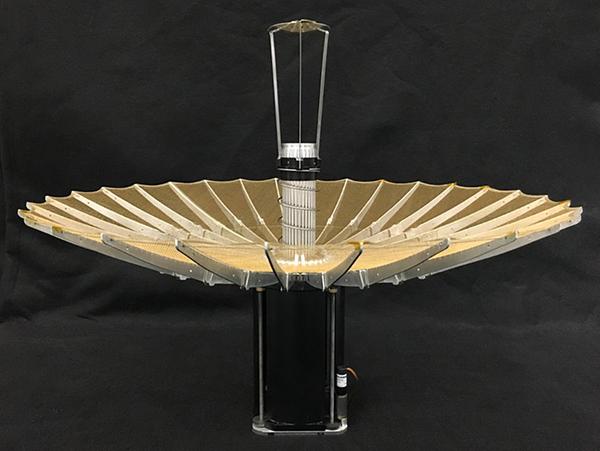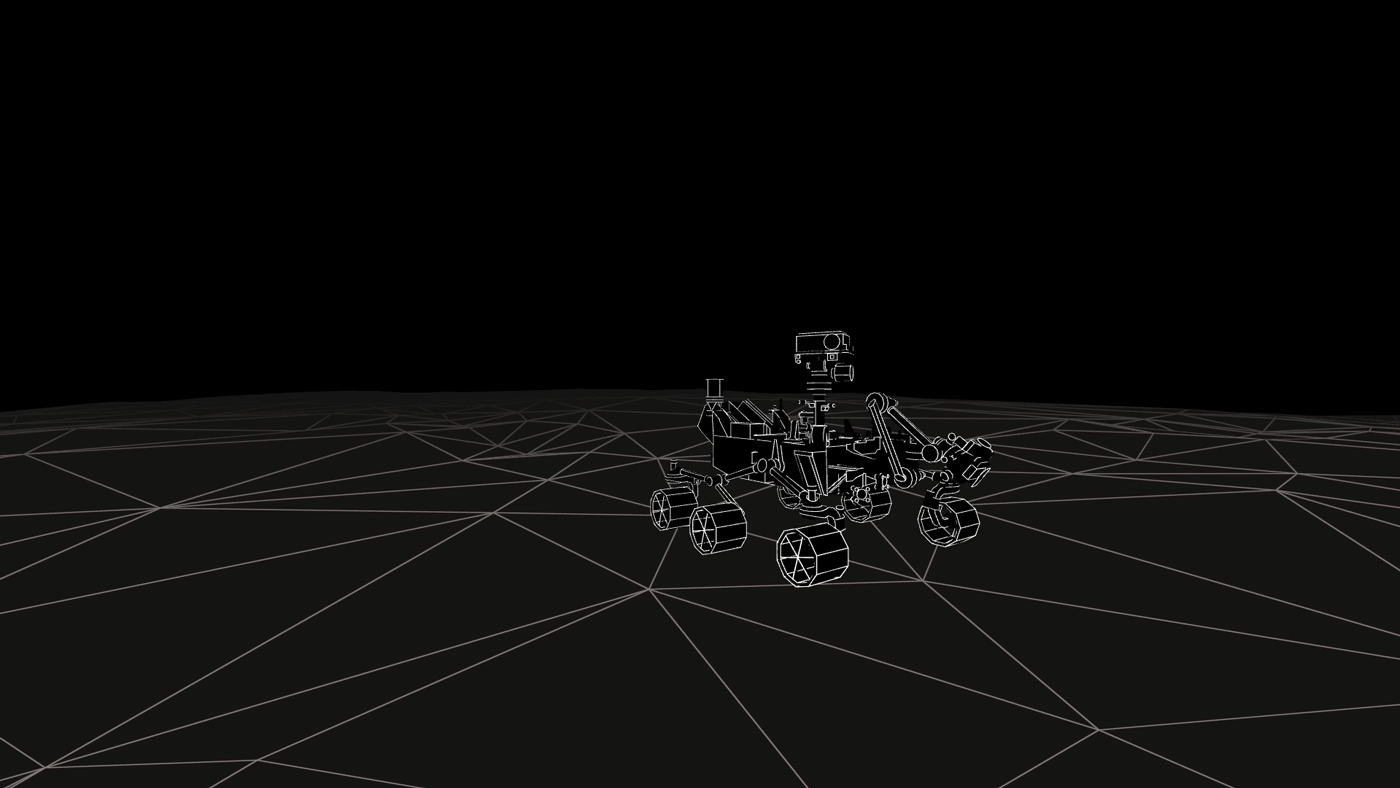
From Lab to Classroom: How NASA Tech Improves Learning
While NASA prepares for the next wave of deep space exploration, with Artemis I set for this year, students are gearing up for the new school year. What they may not know is that NASA is also in classrooms.
We’ve selected a few examples of how companies transformed NASA technology, data, or know-how into products that help create an out-of-this-world learning experience in school or at home. From smart glasses to digital field trips, check out some tools with NASA origins that inspire the next generation of explorers.
1. Students can practice their green thumbs with a garden inspired by the Red Planet.
As humankind gets closer to living on Mars, NASA needs to solve how to grow food in the Red Planet’s not-so-ideal alien soil. In the meantime, students here on Earth can give it a go using the Martian Garden. Loaded with the same Martian soil simulant that NASA’s Jet Propulsion Laboratory in Southern California uses to test rovers, the kits also come with a mix of seeds, such as cabbage and kale, that can germinate quickly and easily. Sourced from the Mojave Desert in California, the simulant is a good match to the mineral and chemical composition of soil from Mars, according to JPL experts.
2. NASA-born smart glasses can train brains to stay focused.
From the cockpit to the classroom, the human brain tends to wander. Enter the Narbis smart glasses. Based on NASA algorithms aimed at using neurofeedback to train pilots to control their attention, a skill they could then use in flight, the lenses darken as the user’s brainwaves shift to the lower frequencies associated with distraction. Users must focus on the task at hand to get the higher-frequency brainwaves flowing and the glasses clear again, providing a real-time incentive to stay focused – no matter the setting. Students can use the glasses while studying or doing schoolwork to help train and control their attention.
3. Explore Mars like a rover with a virtual “field trip” app.
Whether at home or in classrooms, virtual learning tools and platforms increase access to information and resources – including virtual field trips. Thanks to NASA planetary data, Google offers a virtual walk on the Martian surface through Access Mars. Created with photos taken by NASA’s Curiosity rover, Access Mars gives users a guided tour along the robot’s path, including Curiosity’s landing site, its current location, and Martian landmarks.
4. Satellite data help students protect the planet – one illegal gold mine at a time.
Some students may wonder if they should wait to tackle real-world problems, but not these high schoolers in Weston, Massachusetts. Armed with Earthrise Alliance’s internet-based tool to scan satellite imagery from NASA, the European Space Agency, and the company Maxar Technologies, they pinpointed the locations of illegal gold mines in the Amazon. The mines have devastating effects on protected landscapes. But the vast, forested landscape is hard to monitor from the ground, and even with a satellite’s-eye view, the mines are increasing so fast scientists at Earthrise Alliance were overwhelmed.
By bringing the problem to students, Earthrise Alliance was able to help officials shut down illegal operations while also engaging students with problem-solving on a global scale. Students can get involved and use the satellite-driven educational platform to better understand our rapidly changing world.
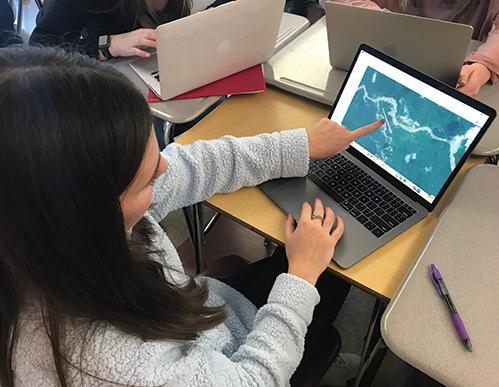
A ninth grader at Weston High School in Weston, Massachusetts, scours satellite imagery to locate illegal gold mines in the Yanomami protected territory of the Amazon rainforest in Brazil. Founded by former NASA officials, Earthrise Alliance is helping students engage with emerging environmental stories through Earth-observation data. Credit: Earthrise Education
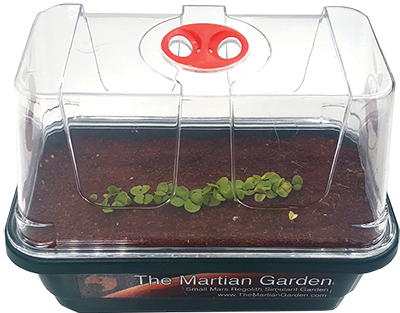
The Martian Garden’s gardening kits include a desktop greenhouse, seeds, fertilizer, and the Mojave Mars Simulant JPL uses to test Mars landers and rovers. Credit: The Martian Garden
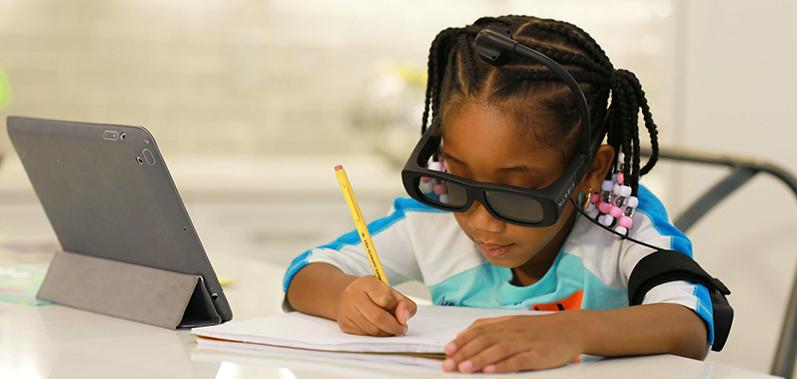
Narbis glasses train the user to focus by darkening when attention wanders and clearing up when focus resumes. They can be used while performing virtually any task. Credit: Narbis

Google used terrain data from NASA’s Curiosity rover to create Access Mars, rebuilding the imagery into smaller pieces that are easier to load over the internet. Credit: NASA/JPL-Caltech






